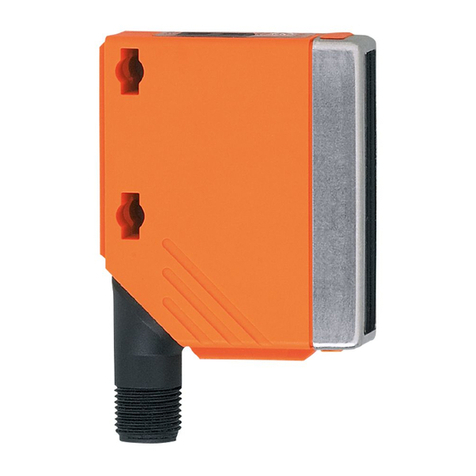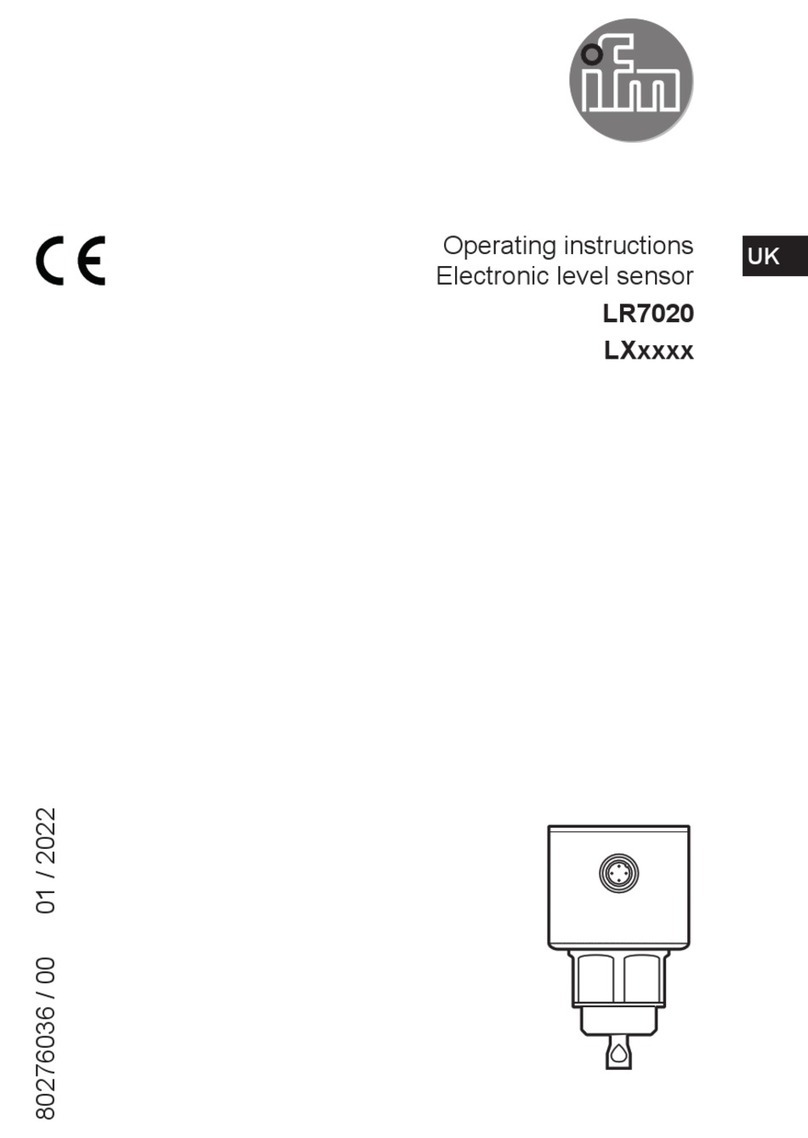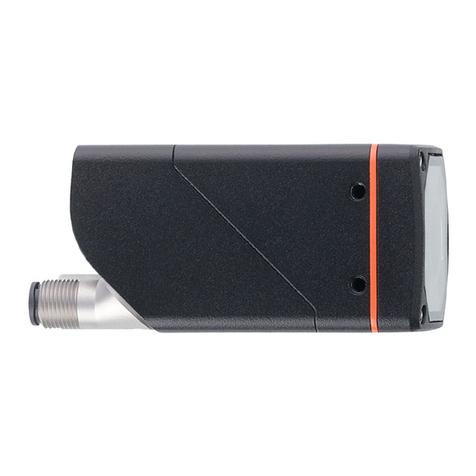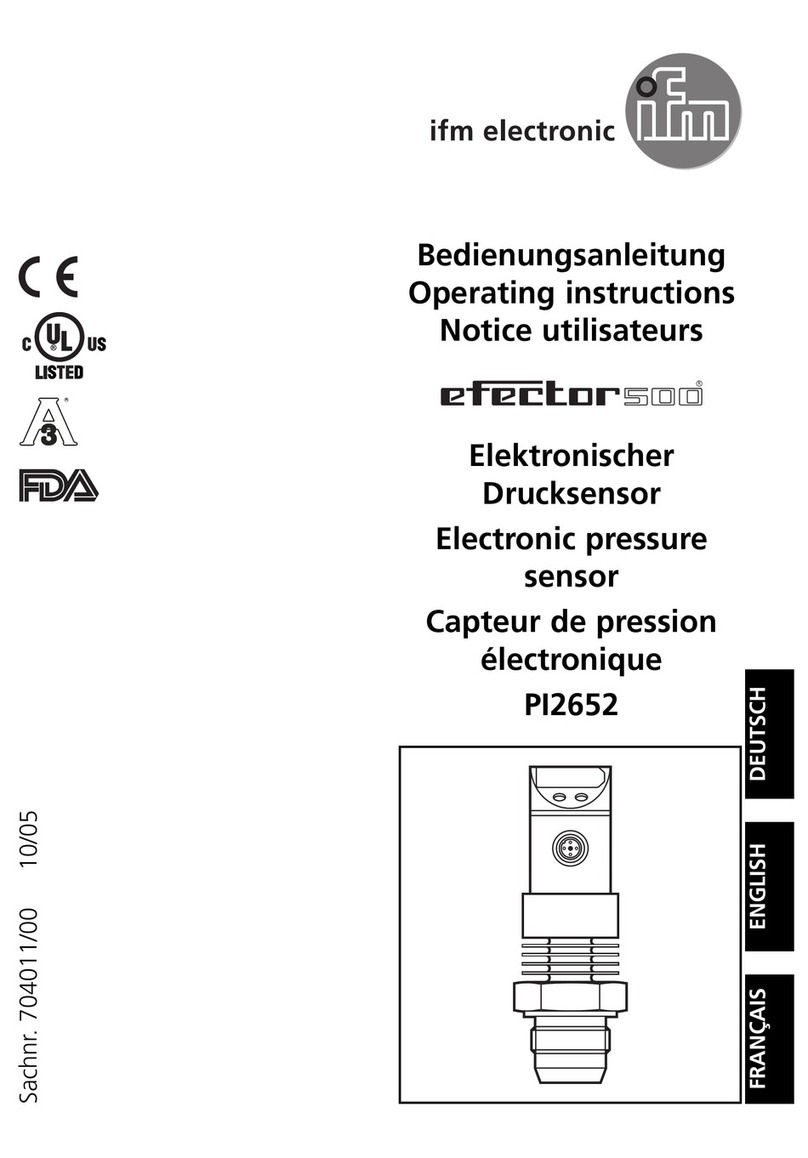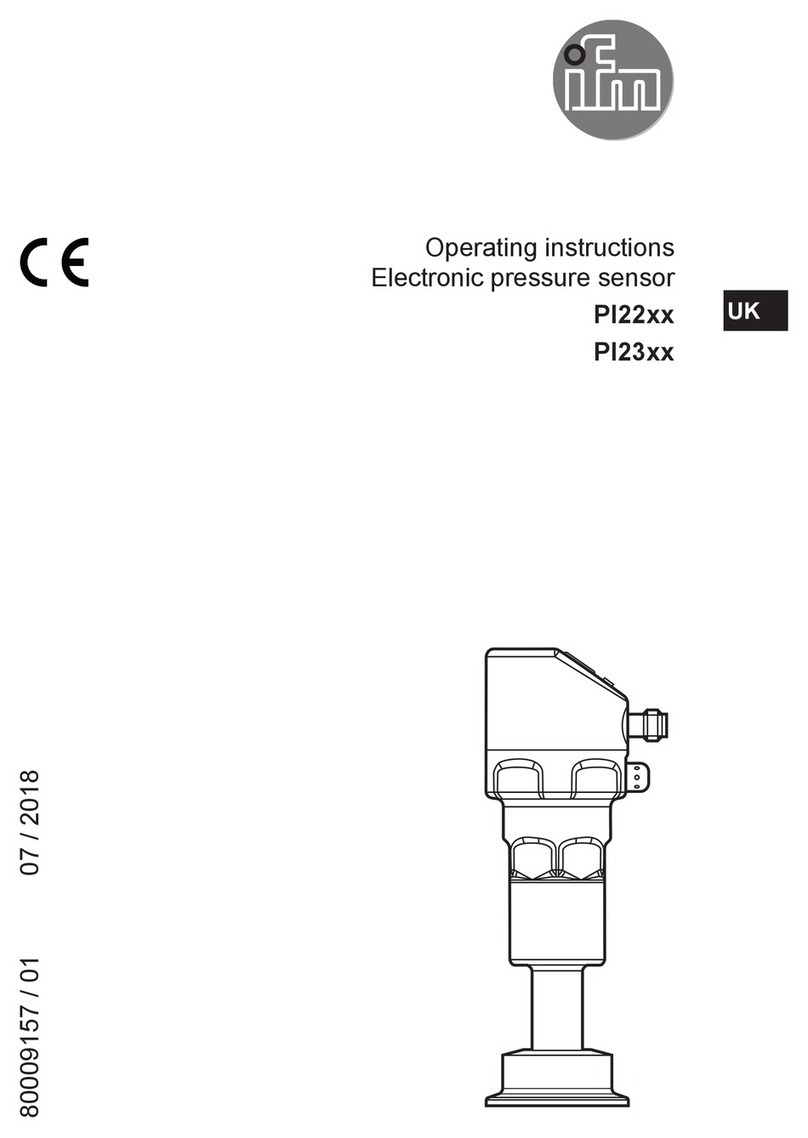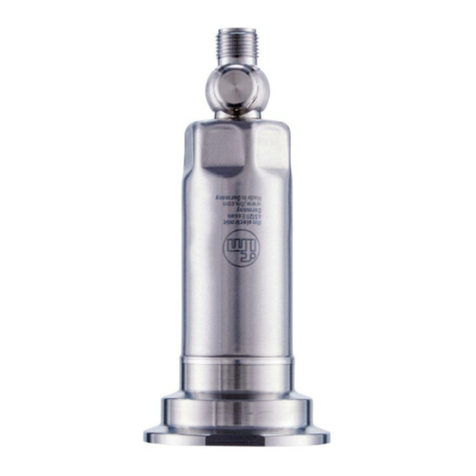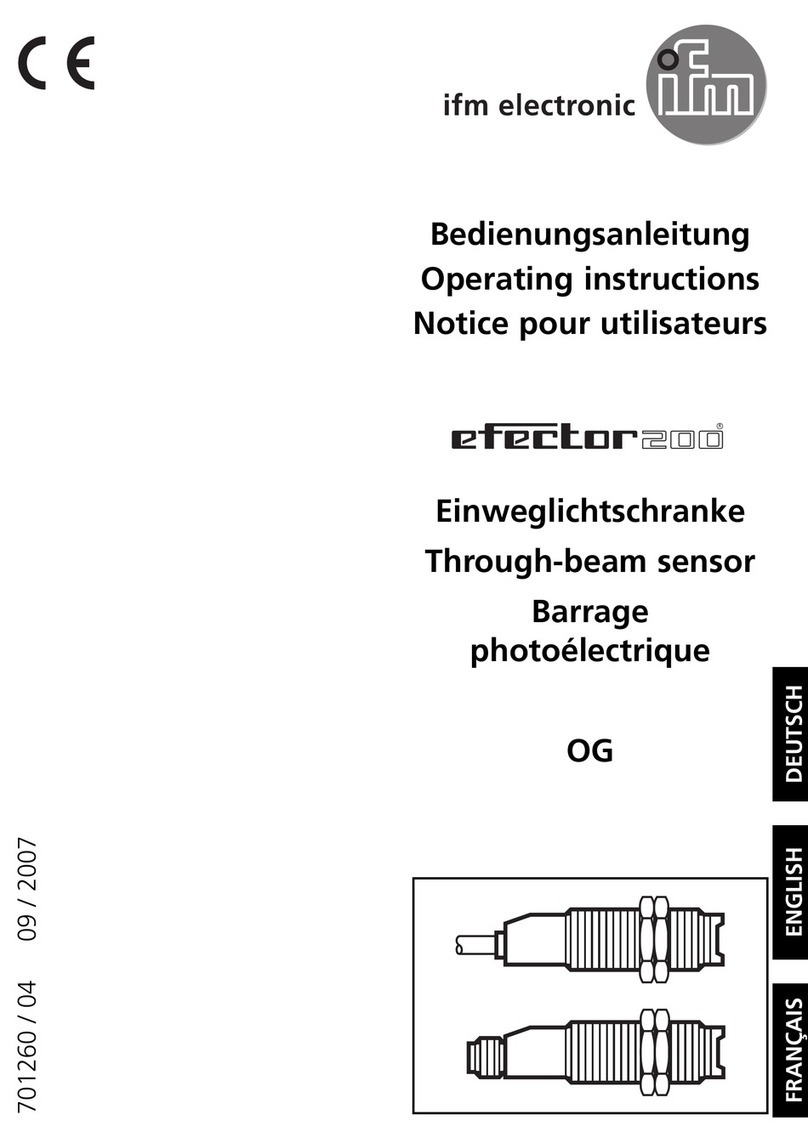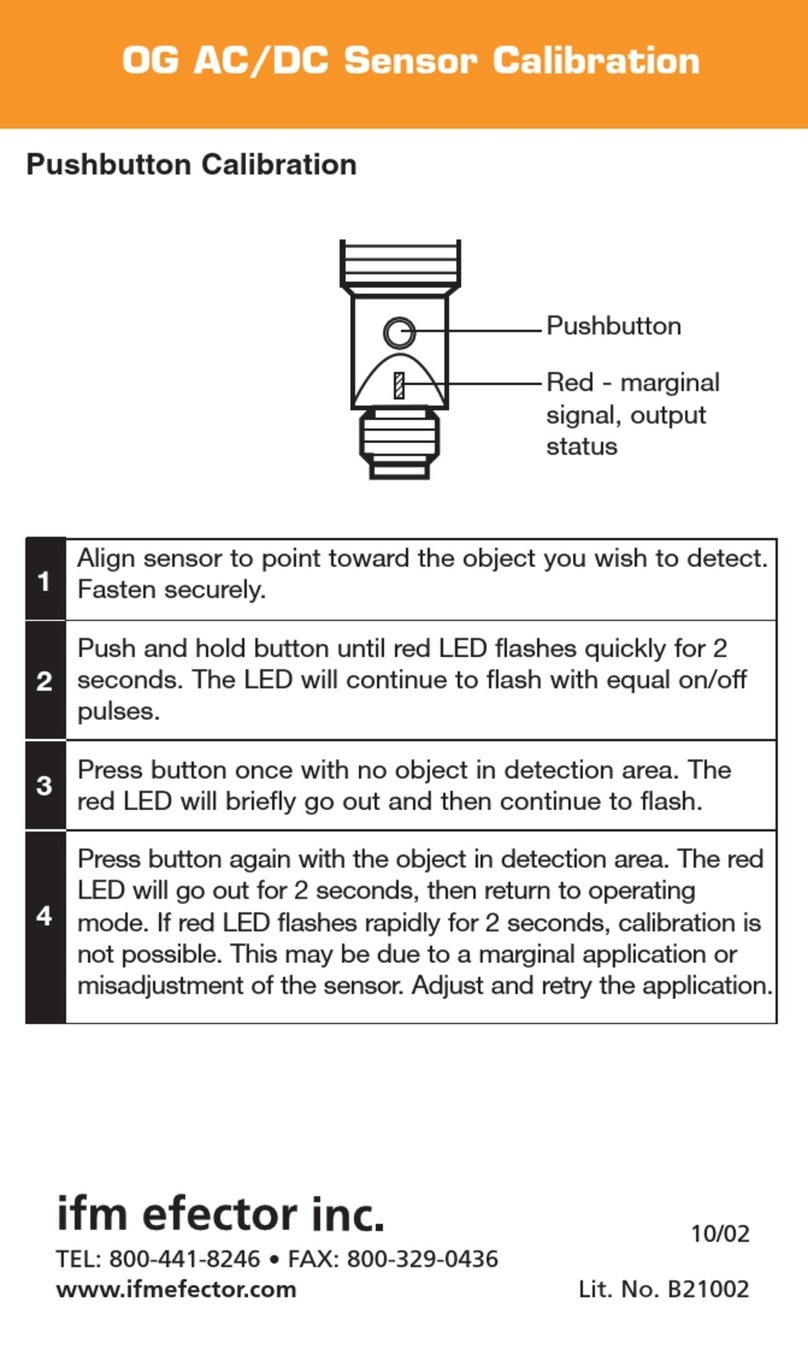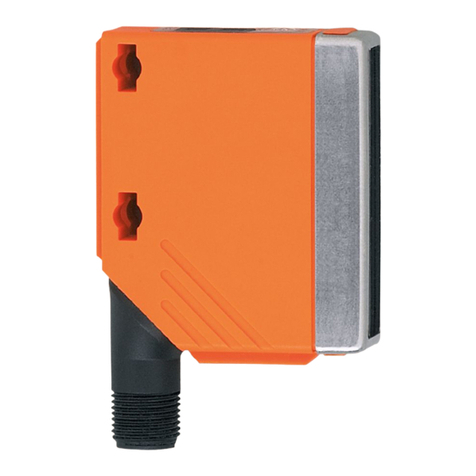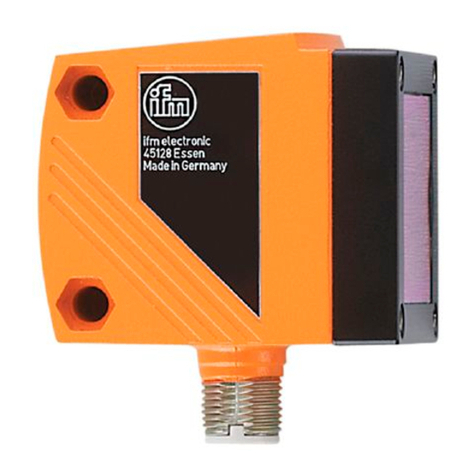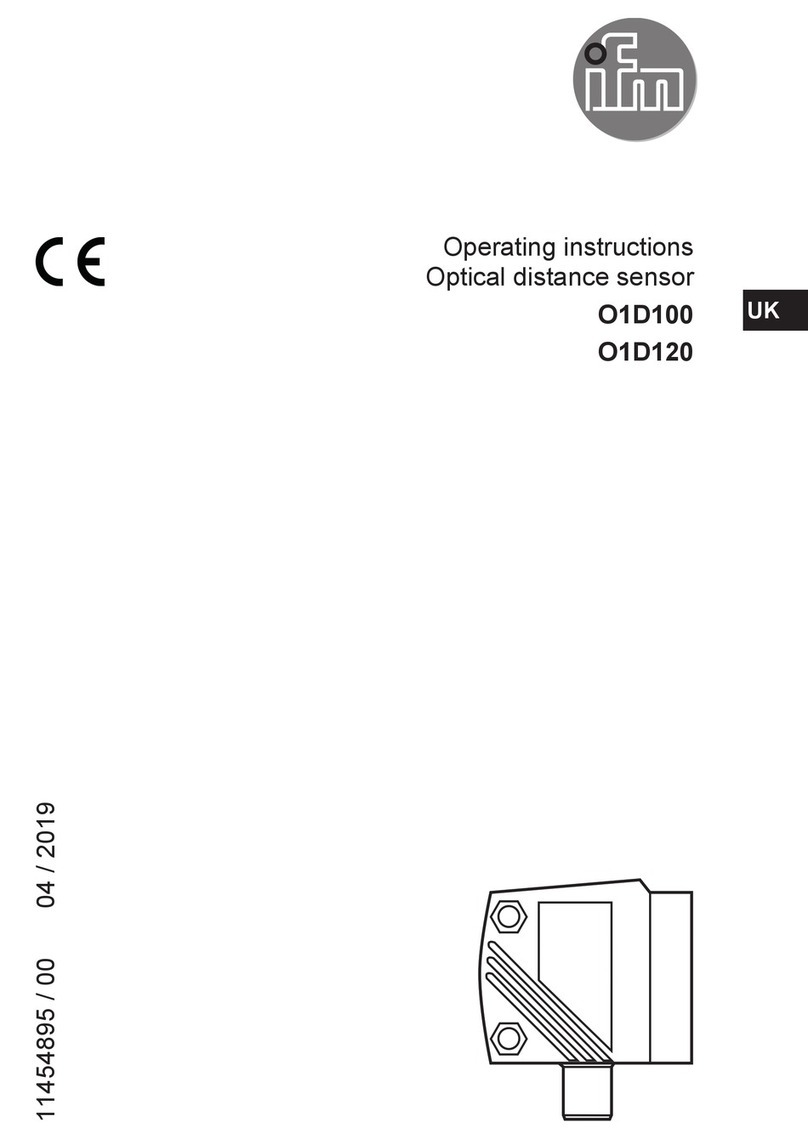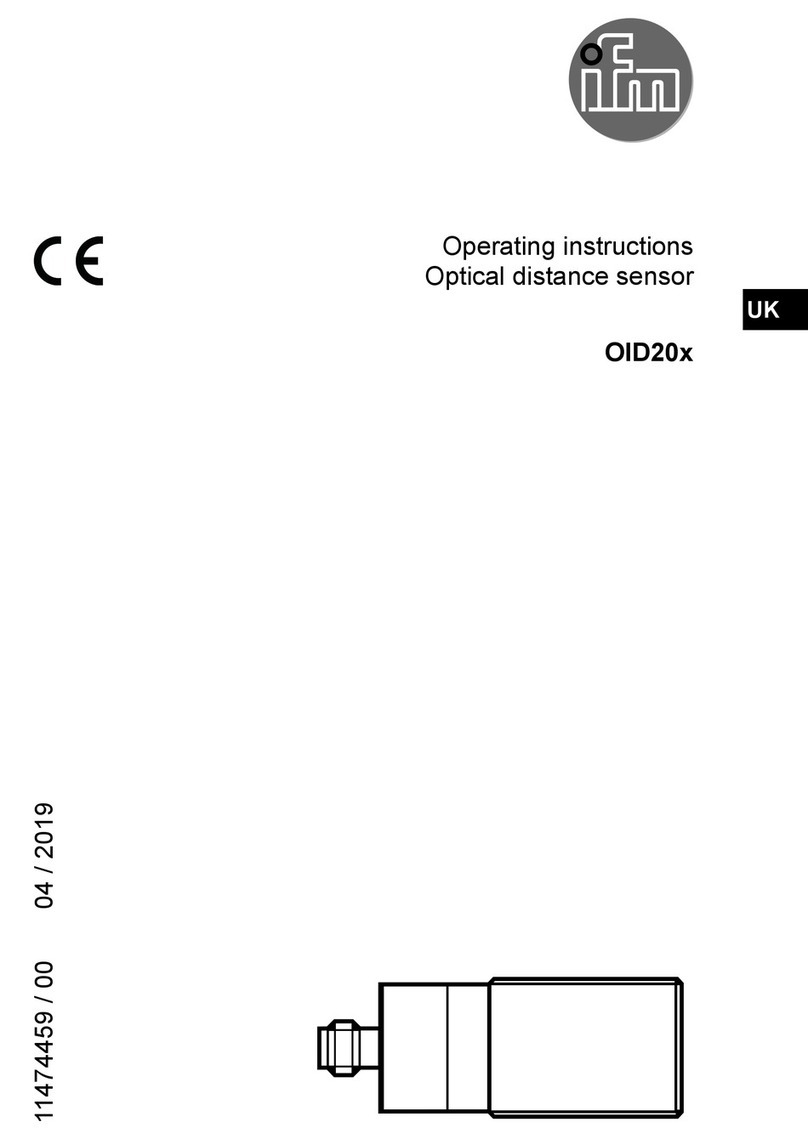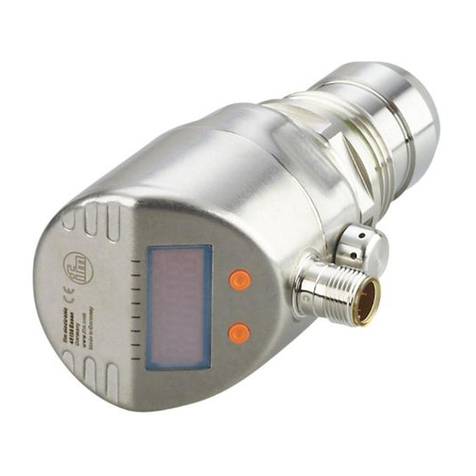2
Contents
1 Preliminary note���������������������������������������������������������������������������������������������������3
1�1 Symbols used ������������������������������������������������������������������������������������������������3
2 Safety instructions �����������������������������������������������������������������������������������������������3
3 Functions and features ����������������������������������������������������������������������������������������4
3�1 Applications ���������������������������������������������������������������������������������������������������4
4 Function���������������������������������������������������������������������������������������������������������������4
4�1 Processing of the measured signals��������������������������������������������������������������4
4�2 Pressure monitoring / switching function �������������������������������������������������������5
4�3 Pressure monitoring/ analogue function ��������������������������������������������������������5
5 Installation������������������������������������������������������������������������������������������������������������7
6 Electrical connection��������������������������������������������������������������������������������������������9
7 Operating and display elements ������������������������������������������������������������������������10
8 Menu������������������������������������������������������������������������������������������������������������������ 11
8�1 Menu structure��������������������������������������������������������������������������������������������� 11
8�2 Menu explanation ����������������������������������������������������������������������������������������12
9 Parameter setting ����������������������������������������������������������������������������������������������13
9�1 Parameter setting general ���������������������������������������������������������������������������13
9�2 Configuring the display (optional) ����������������������������������������������������������������14
9�3 Setting the output signal ������������������������������������������������������������������������������15
9�3�1 Setting the output function������������������������������������������������������������������15
9�3�2 Setting the switching limits �����������������������������������������������������������������15
9�3�3 Scaling the analogue value ����������������������������������������������������������������15
9�4 User settings (optional)��������������������������������������������������������������������������������15
9�4�1 Zero-point calibration��������������������������������������������������������������������������15
9�4�2 Calibration reset ���������������������������������������������������������������������������������15
9�4�3 Setting the delay time for the switching outputs ���������������������������������16
9�4�4 Setting the output polarity�������������������������������������������������������������������16
9�4�5 Setting the damping for the switching signal ��������������������������������������16
9�4�5 Setting the damping for the analogue signal ���������������������������������������16
9�5 Service functions �����������������������������������������������������������������������������������������16
9�5�1 Reading the min�/max� values for the system pressure����������������������16
10 Operation���������������������������������������������������������������������������������������������������������16
